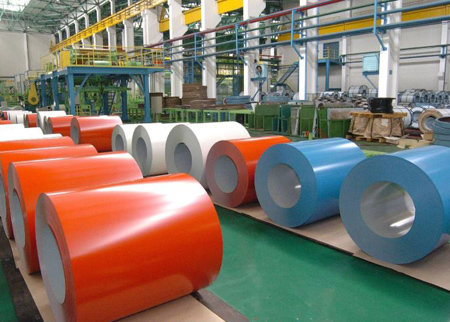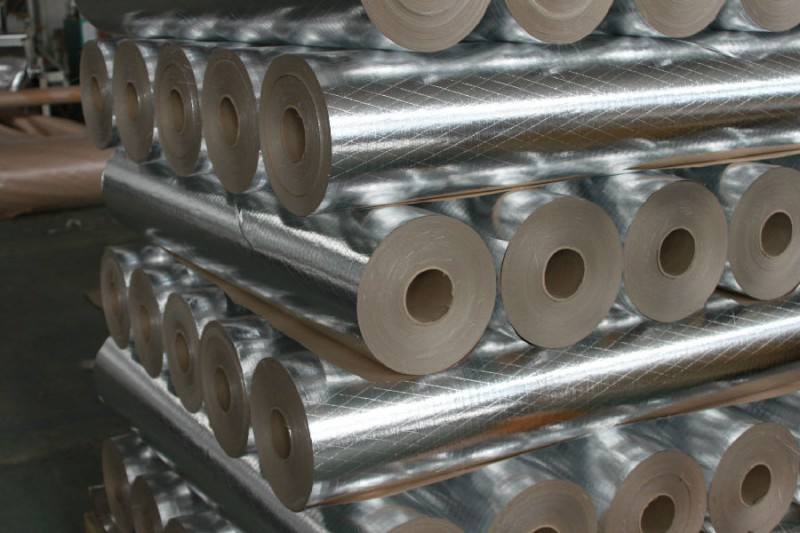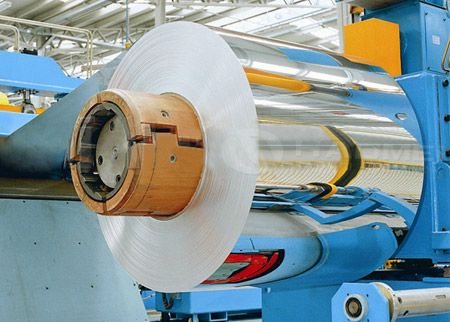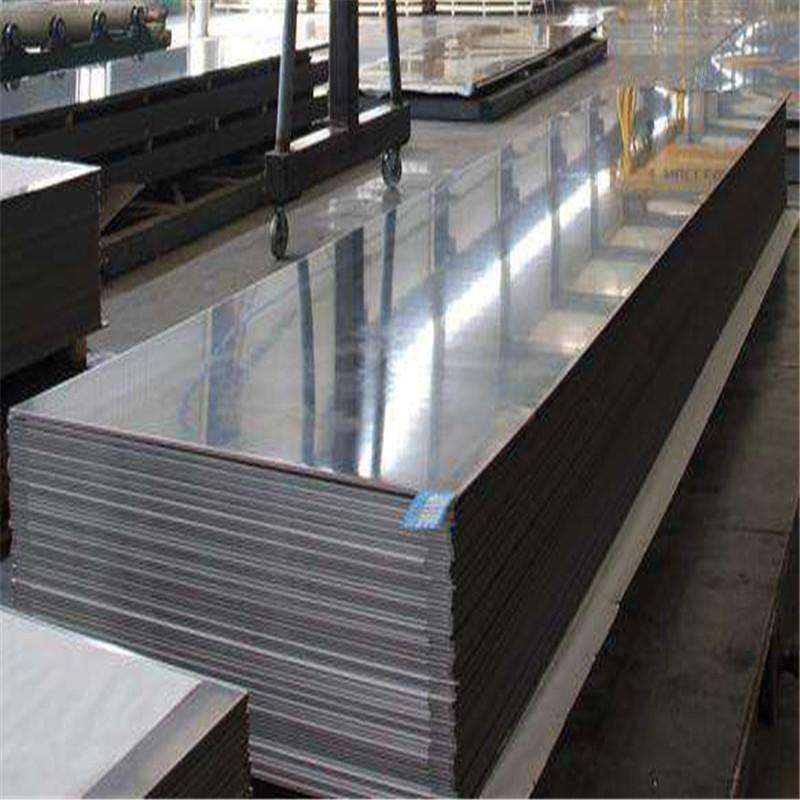



There is often confusion about the relationship between coal and aluminum melting. Coal is used in various industrial processes to generate heat, including the melting of metals like aluminum, but coal itself cannot melt aluminum sheets.
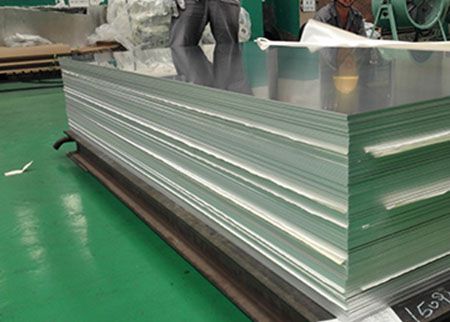
Coal is a fossil fuel that has been used for centuries for heating, cooking, and electricity generation. It is relatively cheap and readily available in many parts of the world, making it a popular choice for industries that require high heat energy. However, when it comes to melting aluminum sheets, coal alone is not sufficient.
Aluminum has a melting point of 660 degrees Celsius (1220 degrees Fahrenheit), which is much higher than the temperature that coal typically burns at. Coal usually burns at a temperature of around 700 to 900 degrees Celsius (1292 to 1652 degrees Fahrenheit), which is not enough to melt aluminum.
To melt aluminum, a much higher temperature of around 900 to 1000 degrees Celsius (1652 to 1832 degrees Fahrenheit) is required. This temperature is usually achieved by using electric or gas furnaces, which can generate the necessary heat to melt aluminum sheets.
It is essential to note that coal is still an essential component in many industries as a fuel to generate heat. However, it should not be confused with the primary heat source for melting aluminum sheets. Other fuels such as gas, oil, or electricity are commonly used to generate the higher temperatures required for aluminum melting.
In summary, coal cannot directly melt aluminum sheets, and a higher temperature is required to melt aluminum than what coal typically burns at. Though coal is used as a fuel to generate heat for the melting process, it is not the primary heat source for melting aluminum sheets.
* Thank you for your inquiry. Please provide your business needs information so that we can better serve you.
This information can help us assign the most suitable person to solve your problem. We will give you feedback within 1-2 working days.
Related Blog
